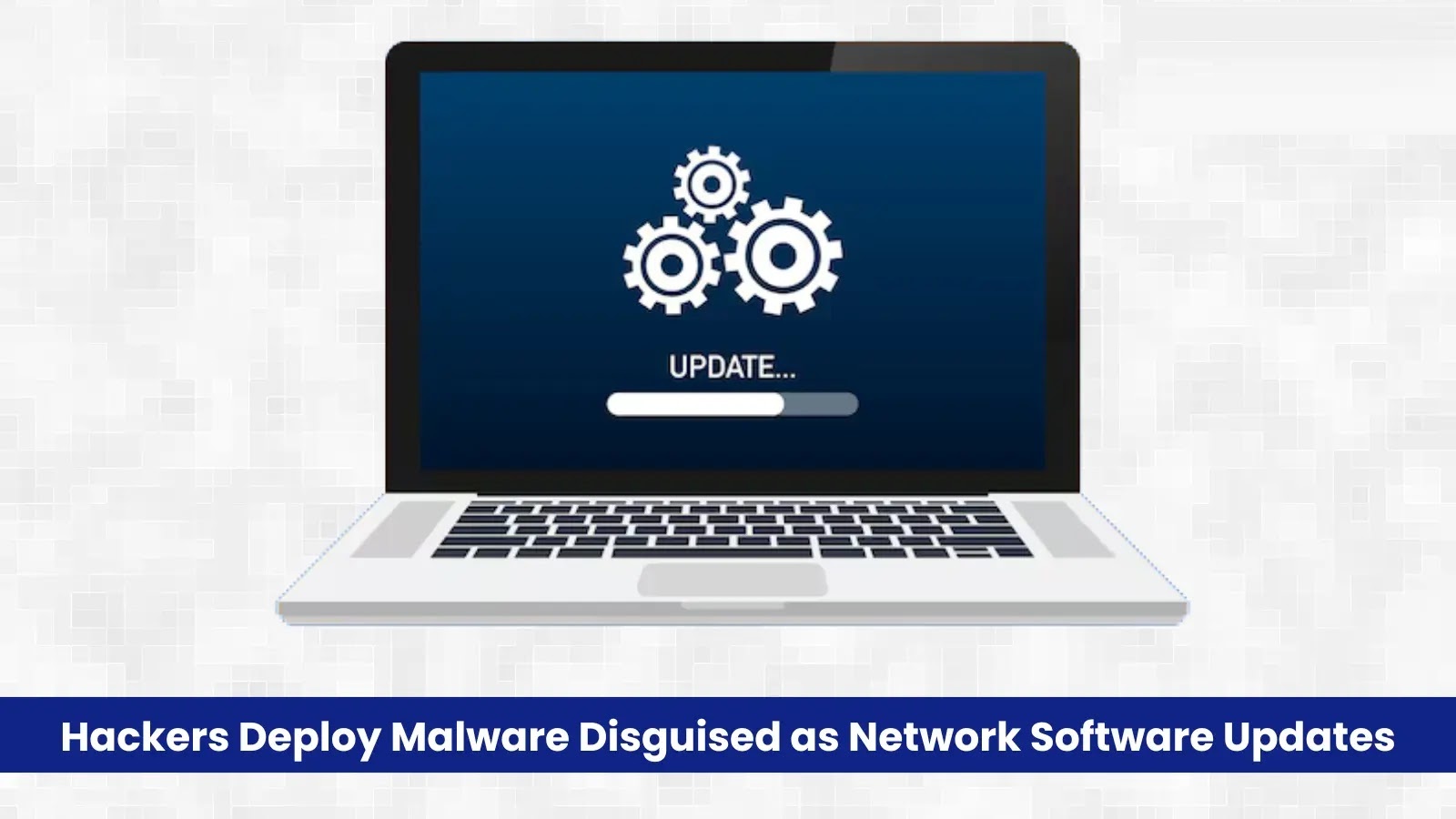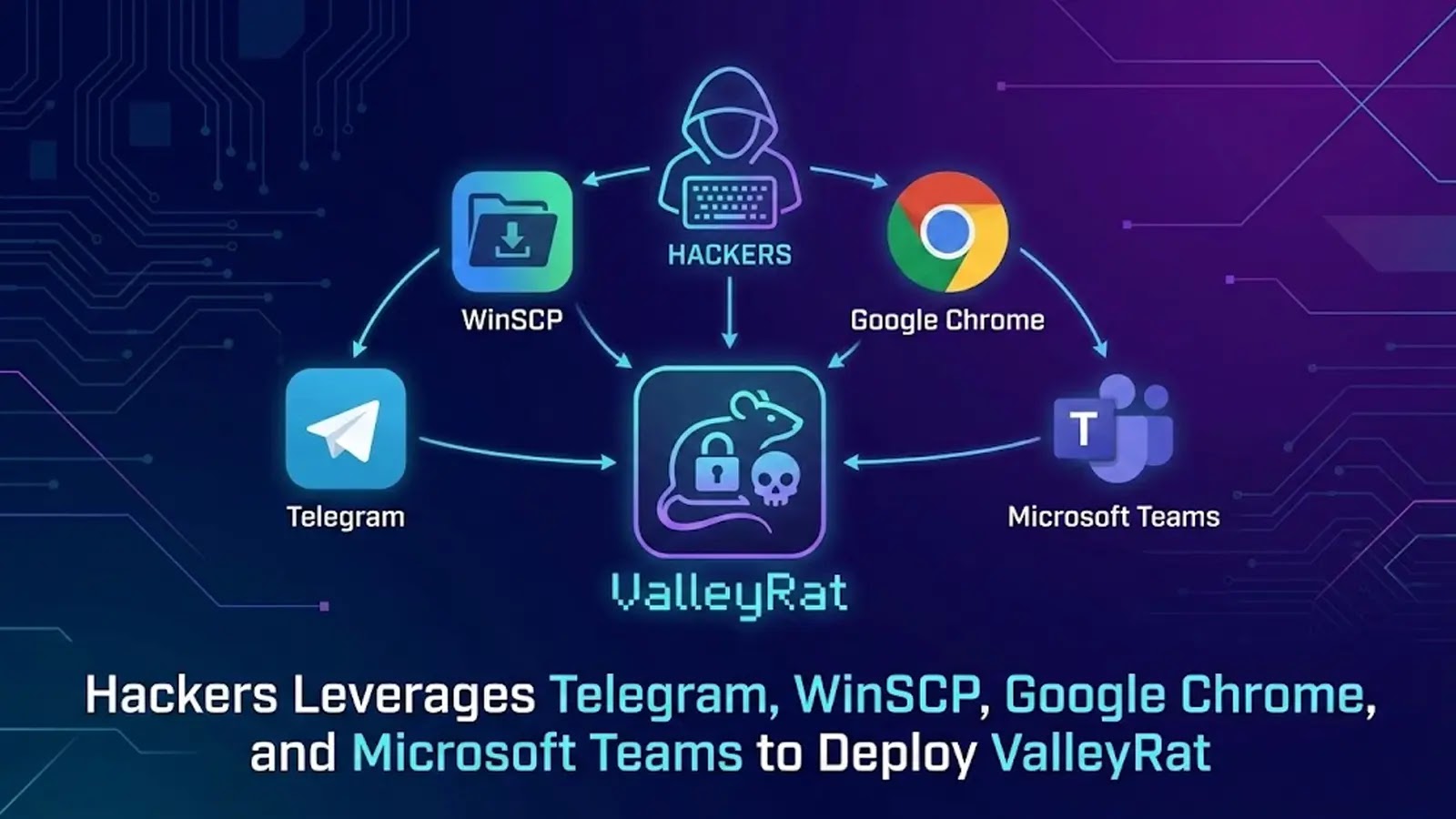In April 2025, cybersecurity experts uncovered a sophisticated backdoor targeting major Russian organizations across government, finance, and industrial sectors. This malware masquerades as legitimate updates for ViPNet, a widely used secure networking software in Russia, enabling attackers to steal sensitive data and deploy additional malicious components.
Advanced Threat Landscape
The backdoor specifically targets computers connected to ViPNet networks. Cybersecurity analysts determined that the malware is distributed within LZH archives designed to mimic legitimate ViPNet updates, containing both authentic and malicious files.
This attack demonstrates the increasing sophistication of threat actors who exploit trusted software update mechanisms, noted a senior cybersecurity analyst familiar with the investigation.
The malicious archives include several components: an action.inf text file, a legitimate lumpdiag.exe executable, a malicious msinfo32.exe executable, and an encrypted payload file with varying names across different archives. The attack leverages a path substitution technique—when the ViPNet update service processes the archive, it executes the legitimate file with specific parameters, which then triggers the execution of the malicious msinfo32.exe file.
Once active, the backdoor establishes connections with command and control (C2) servers via TCP protocols, enabling attackers to exfiltrate files from infected computers and execute additional malicious components.
Broader Context of Software Update Exploitation
This incident is part of a broader trend where cybercriminals exploit software update mechanisms to distribute malware. For instance, in 2017, the NotPetya ransomware attack spread through compromised software updates, causing widespread disruption. Similarly, in 2023, SonicWall devices were infected by malware that survived firmware upgrades, highlighting the persistent threat posed by malicious software updates.
Implications for Cybersecurity
The exploitation of trusted software update channels poses significant risks to organizations. It undermines the trust in software vendors and can lead to substantial financial and reputational damage. According to a report by Kaspersky, timely software updates can cut business data breach costs in half, emphasizing the importance of maintaining up-to-date systems.
Recommendations for Organizations
Organizations using ViPNet networking solutions are strongly advised to:
– Verify the Authenticity of Updates: Before installation, ensure that updates are legitimate and have not been tampered with.
– Implement Strict Access Controls: Limit access to critical systems and data to authorized personnel only.
– Regularly Monitor Network Traffic: Keep an eye out for suspicious activities that could indicate a breach.
– Ensure Security Solutions Detect Threats: Utilize security solutions capable of detecting threats like HEUR:Trojan.Win32.Loader.gen.
By adopting these measures, organizations can enhance their defense against sophisticated cyber threats that exploit trusted update mechanisms to penetrate secure networks.



